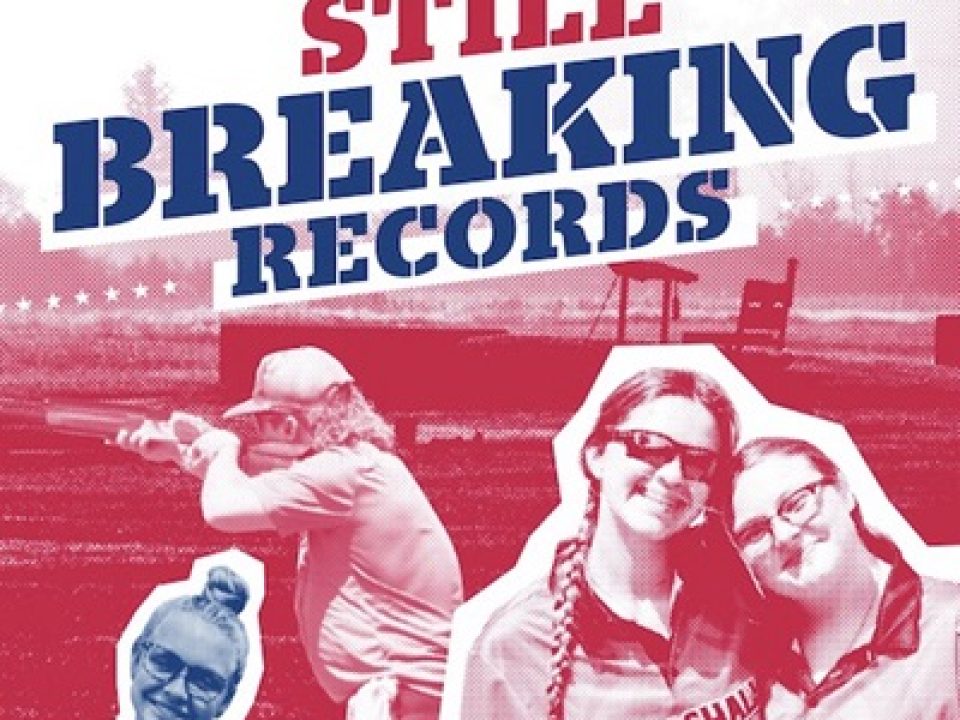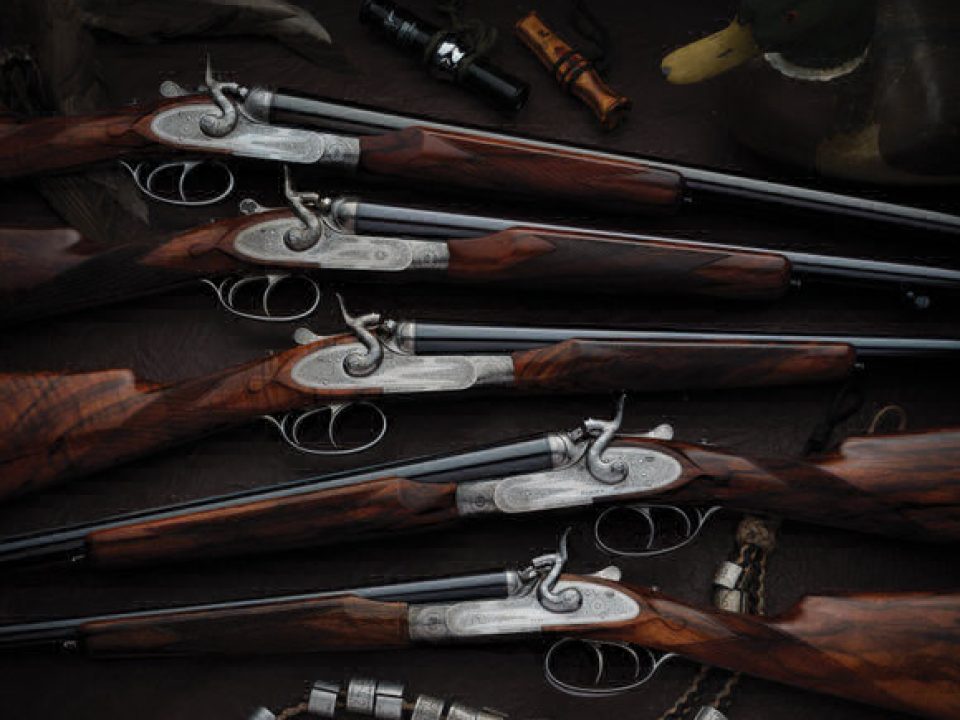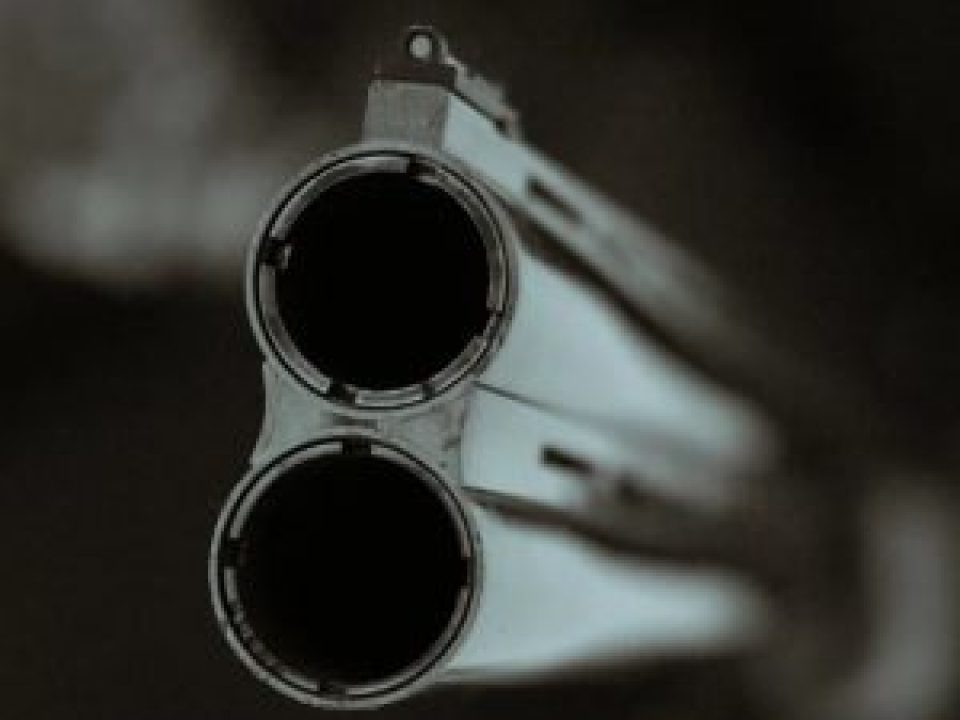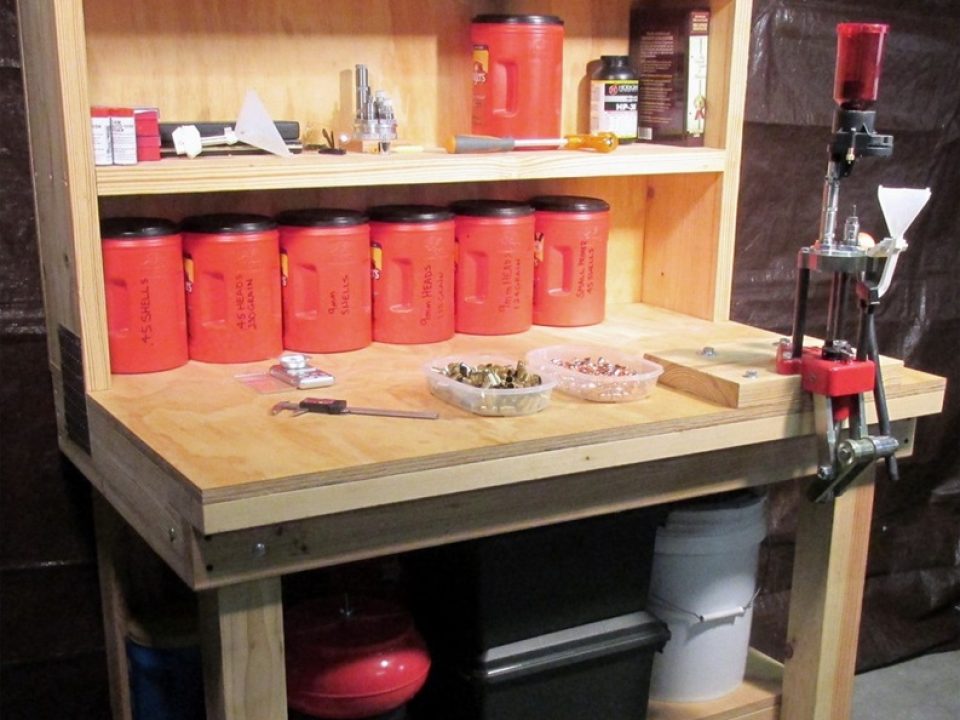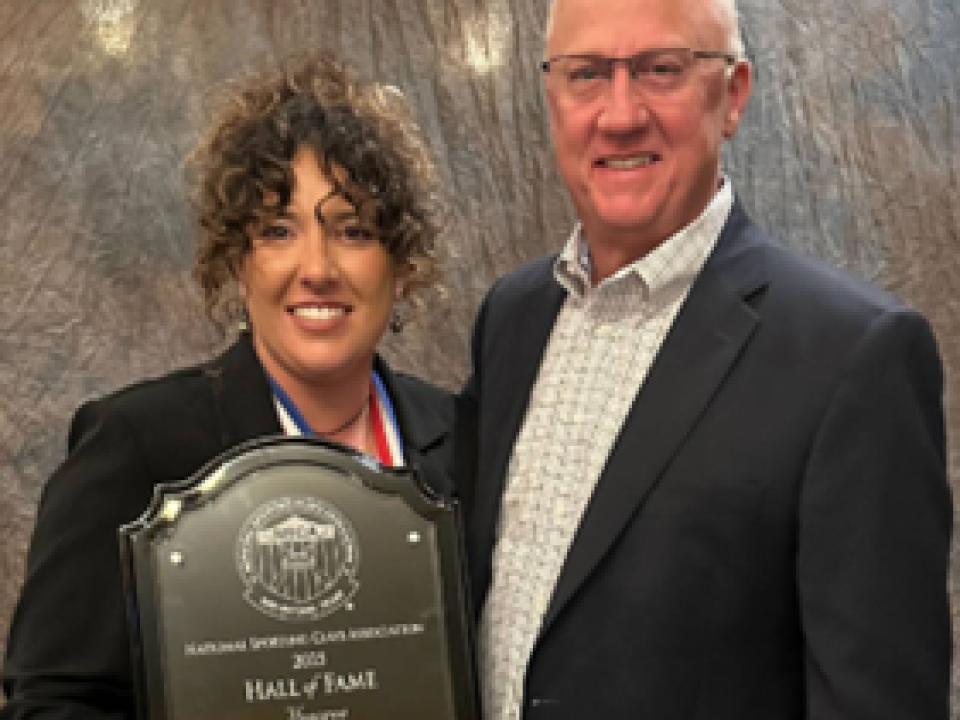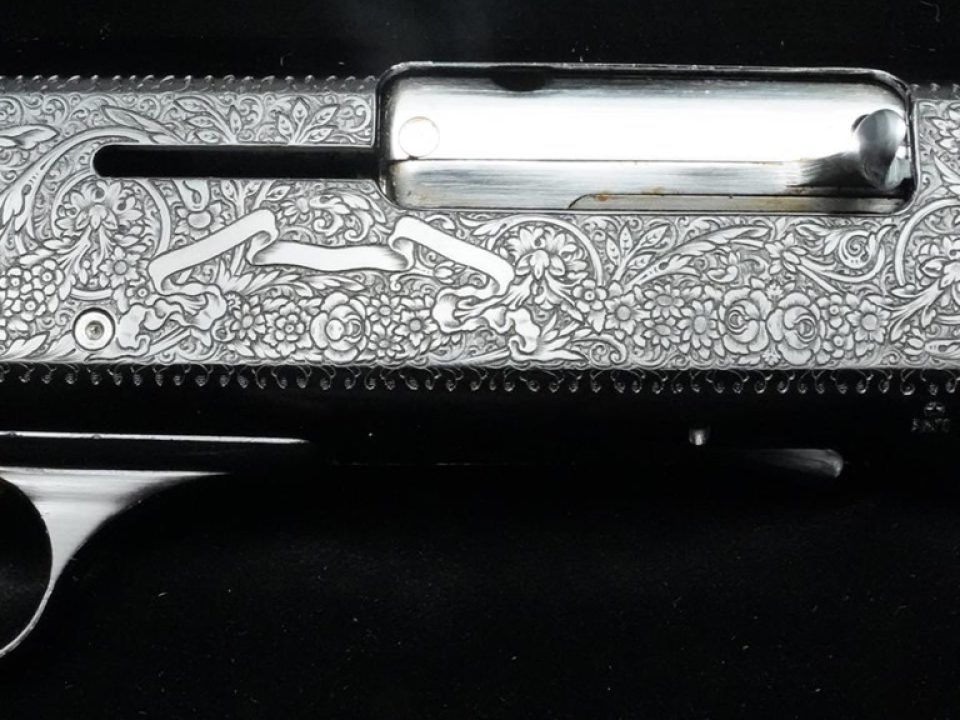The 10-gauge shotgun is best used for hunting large game, such as waterfowl and turkey, due to its power and range.
Author: Shotgun Life Staff
Browning, Hinton, and Mein Lead the Field at USA Shooting’s 2025 Fall Selection Match
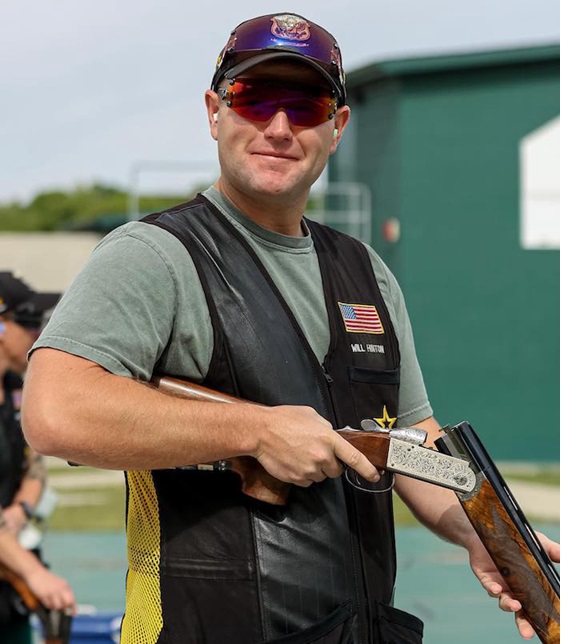
Krieghoff International congratulates the Team Krieghoff sponsored shooters who claimed podium finishes at the USA Shooting 2025 Shotgun Fall Selection Match in Tucson, Arizona this November, qualifying each of them for future U.S. National Shotgun Team rosters. The match drew some of the strongest competitors in the country, and the athletes posted solid results over the course of the event.
Will Hinton claimed the Gold in Men’s Open Trap. Will made his Olympic debut in Paris 2024 and has continued to build momentum on the world stage, highlighted by a top four finish in Men’s Trap at the 2023 World Championships. His international experience also includes appearances in Mixed Team Trap and Men’s Trap Team events, along with representing Team USA at the 2023 Pan American Games.
Kayle Browning topped the qualifying round as high overall and went on to finish the match as the Women’s Open Trap Silver Medalist. A one-time Olympian and Tokyo 2020 silver medalist in Women’s Trap, Kayle has been a steady presence for Team USA for more than a decade. Her performance in Tucson reflects a strong return following maternity leave. She has competed at multiple World Championships, earning two Women’s Trap Team medals, including gold in 2019.
Derrick Mein secured a Bronze Medal in Men’s Open Trap. A two-time Olympian, Derrick placed in the top five in Men’s Trap at the Paris 2024 Games and has been a key member of Team USA at recent World Championships. He earned gold in Men’s Trap in 2022 and silver in Mixed Team Trap in 2023, underscoring his position as one of the most experienced competitors in the sport.
“We are proud to see Kayle, Will, and Derrick finish the season with such strong results,” said Alex Diehl, CEO of Krieghoff International, Inc. “They continue to show poise and commitment in every competition, and we are honored to support them as they continue to compete at the highest level.”
About Krieghoff International
Dieter Krieghoff, fourth generation of the Krieghoff gun making family, established Krieghoff International, Inc. in the United States in 1986. Originally founded as a European hunting gun manufacturer in 1886, Krieghoff has evolved into one of the top names worldwide in competition and field shotguns, as well as hunting rifles. With a reputation for reliability, longevity and outstanding customer service, Krieghoff firearms are the choice of champions. Located in Ottsville, PA, Krieghoff is the sole importer and main service center in North America. For more information visit www.krieghoff.com.
USA Clay Target League Releases 2025 Impact Report
The USA Clay Target League is excited to announce that its 2025 Annual Impact Report is now available. This yearly report presents the impact of the League on students, schools, conservation, and the greater outdoor community. The League is the nationwide leader in providing clay target shooting as a safe and fun school-sponsored activity to schools and students nationwide.
“31 consecutive record-breaking seasons is nothing short of a testament to the demand for safe, school-approved clay target shooting sports” said John Nelson, President of the USA Clay Target League. “Including the 13,200 new students in 2025, over 83,000 high school and college students took their first steps into clay target shooting sports since 2020. The League has helped hundreds thousands of athletes and families discover a life-long outdoor passion though America’s safest and most popular youth clay target shooting sports programs.”
Will Primos’ Historic Purdey Shotgun Collection to be Auctioned December 5 with 100 Percent of Proceeds Benefiting Conservation
Dec. 1, 2025 — A rare collection of five Purdey hammer shotguns owned by famed outdoorsman and conservationist Will Primos will be auctioned on December 5, 2025 at 9 a.m. CT at RockIslandAuction.com, offering a once-in-a-lifetime opportunity to support wildlife conservation. The collection, featuring shotguns in .410, 28, 20, 16, and 12 gauges, is the cornerstone of the ‘Truth About Conservation’ campaign, an initiative to promote science-based habitat management.
In an unprecedented arrangement to ensure every dollar supports conservation – with no buyer’s fees or seller’s fees –100 percent of the auction proceeds will be donated directly to five of the nation’s leading conservation groups: the Congressional Sportsmen’s Foundation, Ducks Unlimited, the National Wild Turkey Federation, Rocky Mountain Elk Foundation, and Pheasants Forever and Quail Forever.
The funds raised will advance the campaign’s mission to spread awareness of the North American Model of Wildlife Conservation and highlight how hunters’ and anglers’ contributions create healthy landscapes and abundant wildlife for the public. This unique auction allows a supporter to acquire a piece of firearms history while making a significant and direct contribution to the future of conservation.
Repairing Your Shotgun Barrels With Restriking
Restriking is a process that involves reshaping the damaged portion of a shotgun barrel by using specialized tools and techniques. This method is commonly used to repair barrel bulges, dents, and other forms of damage that may affect the performance of the firearm. By carefully reshaping the affected area, gunsmiths can ensure that the barrel retains its structural integrity and functionality.
One of the key benefits of restriking is that it can help extend the lifespan of your shotgun barrels. Rather than having to replace the entire barrel, which can be costly and time-consuming, restriking allows you to repair the damage and continue using your firearm. This makes it a cost-effective solution for shotgun owners who want to keep their firearms in top condition without breaking the bank.
What is the Regulation of Shotgun Barrels?
In the context of double-barreled shotguns (side-by-side or over/under), “regulation” refers to how the two barrels are aligned so that they both shoot to the same point of impact (POI) at a specific distance.
What “Regulation” Means
Shotgun barrels are not perfectly parallel. Because each barrel is offset from the bore centerline, a gunsmith must adjust their angles during construction so that:
Both barrels’ patterns overlap at a chosen distance (usually 40 yards for field guns, sometimes 21–30 yards for skeet).
Vertical alignment (over/under barrels) is correct.
Horizontal alignment (side-by-side barrels) is correct.
This ensures that when you fire either barrel, the pattern hits where you’re aiming.
Safety Precautions for Reloading Shotgun Shells
Reloading shotgun shells can be a rewarding and cost-effective way to enjoy shooting sports. However, it is essential to prioritize safety when engaging in this activity. By following proper safety precautions, reloaders can reduce the risk of accidents and ensure that their reloading process is smooth and efficient.
Importance of Safety Precautions
Safety precautions are crucial when reloading shotgun shells to prevent accidents and injuries. Failure to follow proper safety measures can result in catastrophic consequences, including personal injury or damage to equipment. By incorporating safety protocols into their reloading routine, shooters can minimize the risks associated with the process and maintain a safe environment for themselves and others.
Desirae Edmunds Honored with NSCA Hall of Fame Induction
Team Winchester and White Flyer member, Desi Edmunds was inducted into the National Sporting Clays Association (NSCA) Hall of Fame at the 2025 NSCA National Championship. Desi has earned this honor only bestowed on the greatest competitors in the history of the shooting sports, over years of being a champion, top-competitor, mentor, and ambassador for the sport.
A native of Anchorage, Alaska, Desi began shooting at 14 years old through the local Fish & Game program. Starting out in a weekly 5-stand league while she learned to shoot a shotgun, Desi became hooked on the sport. Since then, Desi has claimed multiple national and world titles, while consistently being a top-competitor in professional sporting clays.
Team Krieghoff Shines at the 2025 NSCA National Championship
Wednesday, October 29, 2025 — Team Krieghoff wrapped up an outstanding showing at the 2025 National Sporting Clays Association (NSCA) National Championship in San Antonio, earning multiple podium finishes across divisions and events. The team once again demonstrated its skill, consistency, and competitive spirit on the national stage.
“Every member of Team Krieghoff brings heart, focus, and respect for their discipline,” said Alex Diehl, CEO of Krieghoff International, Inc. “Their performance at Nationals reflects their dedication and the performance they’ve come to expect from their Krieghoff shotguns.”
Leading the way, Mike Wilgus captured High Overall in the Main Event with a score of 282/300, followed by teammate Derrick Mein as Runner-Up with 278/300. Team Krieghoff’s strength showed across all divisions, including top finishes by Shelby Moon (Lady Champion), Turner Parcell (Junior Champion; back-to-back title), and Brandon Powell (All-Around Champion).
The Overlooked Franchi 48AL Semi-Auto
Early vintage Franchi shotguns, particularly the Franchi 48AL, are renowned for being lightweight, reliable long-recoil operated semi-automatic shotguns. These models are known for their excellent handling, making them popular for hunting, and early versions had steel receivers before the lighter aluminum receiver of later models was introduced. Other notable early models include the Franchi 48AL which features a 3-inch magnum chamber and steel receiver, and was likely produced in the late 1960s and 1970s.
Shotgun Life Newsletters
Join an elite group of readers who receive their FREE e-letter every week from Shotgun Life. These readers gain a competitive advantage from the valuable advice delivered directly to their inbox. You'll discover ways to improve your shooting, learn about the best new products and how to easily maintain your shotgun so it's always reliable. If you strive to be a better shooter, then our FREE e-letters are for you.
About Shotgun Life
Shotgun Life is the first online magazine devoted to the great people who participate in the shotgun sports.
Our goal is to provide you with the best coverage in wing and clays shooting. That includes places to shoot, ways to improve your shooting and the latest new products. Everything you need to know about the shotgun sports is a mouse-click away.
Contact
Irwin Greenstein
Publisher
Shotgun Life
PO Box 6423
Thomasville, GA 31758
Phone: 229-236-1632

